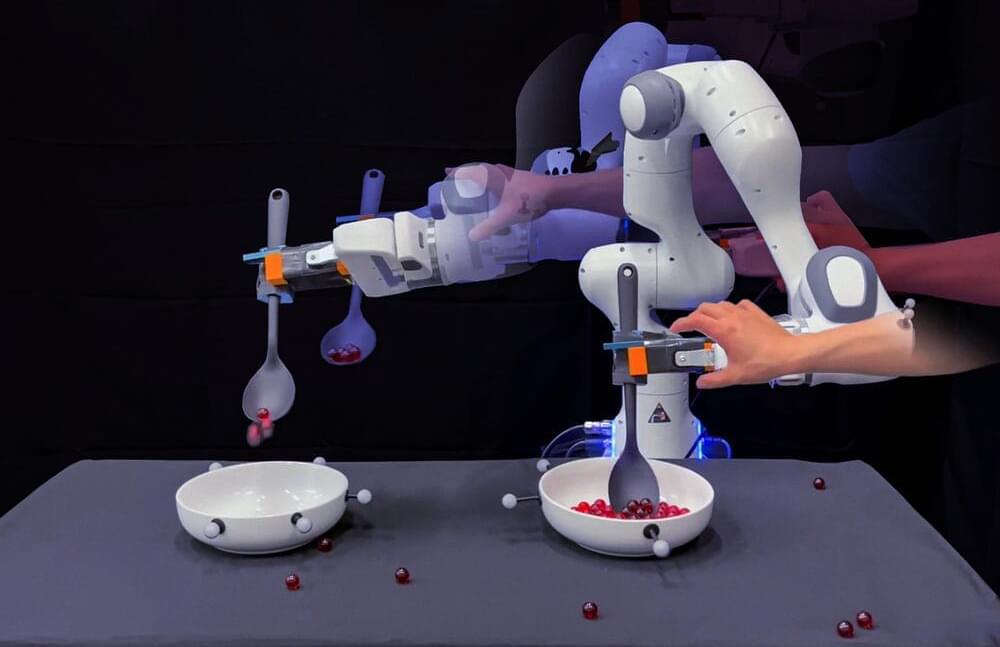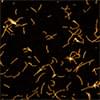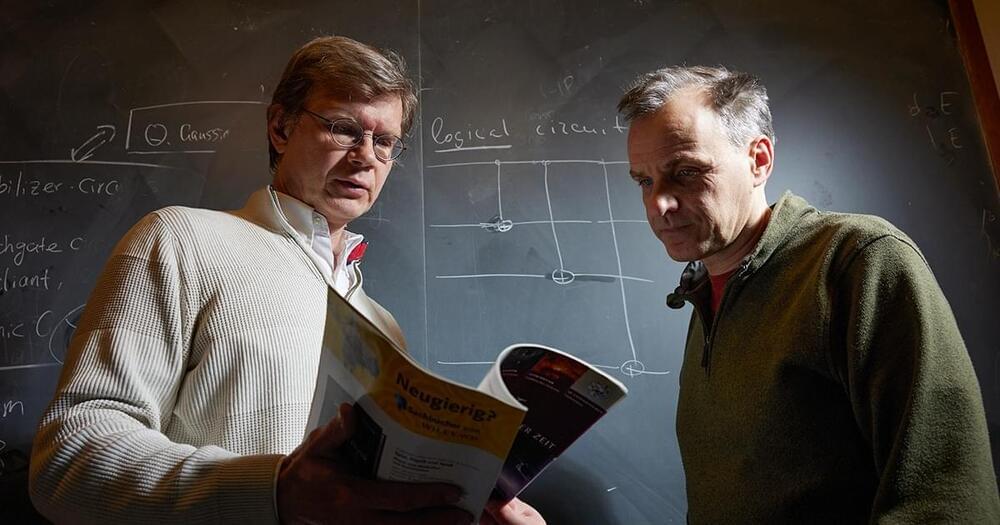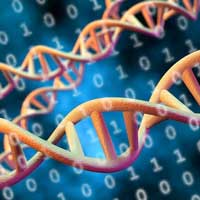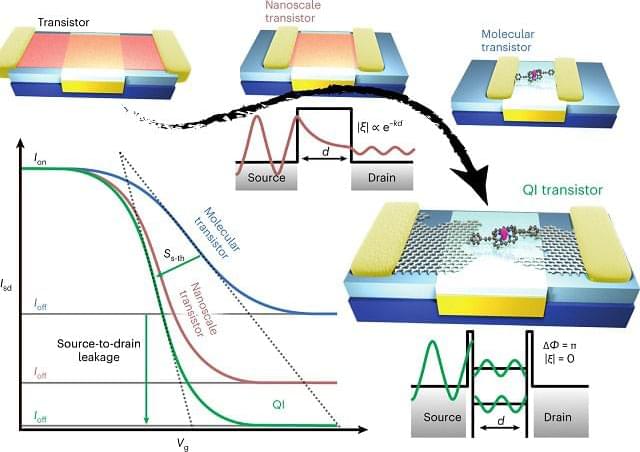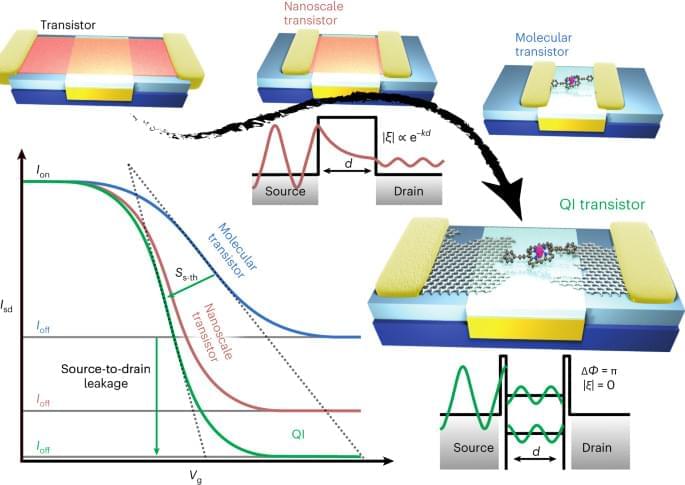How viewing the Sun in ultraviolet can uncover its secrets. Get a 20% discount on your next VisiSolar purchase when you use this link: https://bit.ly/49G6XhX
Astrum Podcast: https://www.buzzsprout.com/2250635/share.
Displate Posters: https://displate.com/promo/astrum?art…
Astrum Merch! https://astrum-shop.fourthwall.com/
Join us on the Astrum discord: / discord.
SUBSCRIBE for more videos about our other planets.
Subscribe! http://goo.gl/WX4iMN
Facebook! http://goo.gl/uaOlWW
Twitter! http://goo.gl/VCfejs.
Astrum Spanish: / @astrumespanol.
Astrum Portuguese: / @astrumbrasil.
Donate!
Patreon: http://goo.gl/GGA5xT
Ethereum Wallet: 0x5F8cf793962ae8Df4Cba017E7A6159a104744038
Become a Patron today and support my channel! Donate link above. I can’t do it without you. Thanks to those who have supported so far!
Image Credit: Simon and Nicolas Lefaudeux https://hdr-astrophotography.com/

